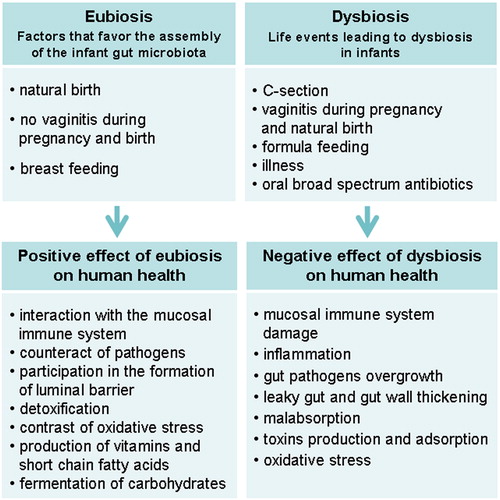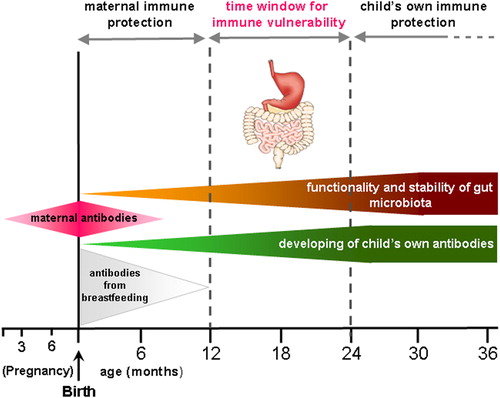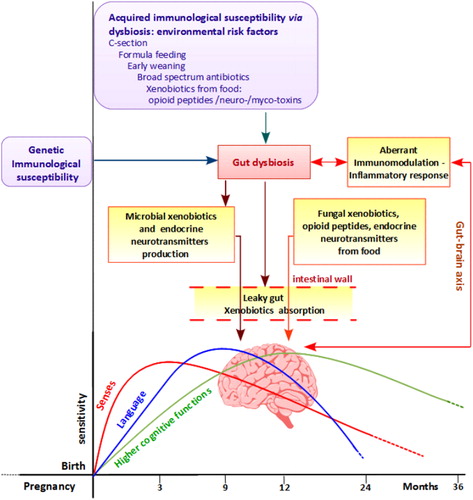Figures & data
Table 1. Review analysis of literature regarding the most relevant environmental factors or stressors, associated to ASD




